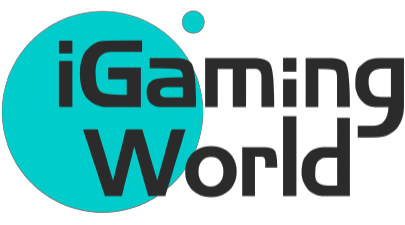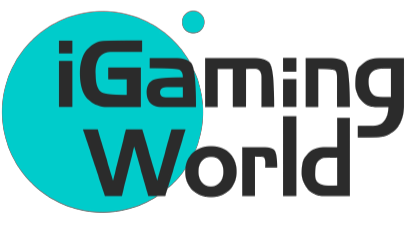Darina goldin, Dr. of Bayes Esports, discusses her ideas on products that she would like to see within the esports eco-system. She writes that none of them are simple to create, but they would all be incredibly valuable to the community, if achieved.
Software updates are necessary to fix existing bugs or enable new features on our computers and phones.
Patching is more than just a cosmetic change in esports. In MOBAs patches are introduced to shake up the game.
One patch could eliminate an entire building type or introduce a new hero. It can also change old heroes to the point that they’re barely recognisable.
Also, there are subtle but significant changes: The cooldown for an ability could be reduced by 5%. Or the price of an item might change.
What are the effects of these patches on gameplay? This is hard, if not impossible to know right away. Bayes Esports, for example, must wait to see how the professional teams adapt to new game rules before following their lead. A “meta game” eventually emerges, until the patch is released.
This is why the game remains interesting for players and spectators, but it also presents an enormous challenge to those who want to calculate betting odds.
MOBA side markets are based on certain objectives, such as the killing of monsters. The properties and priorities of these monsters change quite frequently with patch updates. You’re leaving your models untouched and open to a number of smart punters.
It takes time for new data to be generated when fixing models. It is impossible to adjust our trading if we don’t know what will happen. We also do not have a clear idea of how the patch might affect meta. Human traders and expert analysts can take control for a while, as they are able to make predictions and analyze each patch.
It can take several weeks, depending on the busyness of the season to collect enough data for a model to be considered good quality. During this time, side markets are not offered.
Imagine a software program that can predict changes in metagames based on patch notes. It would revolutionize the gaming industry. This could be done in several different ways, but self-play is at the top.
What would happen if two League of Legends teams or DotA2 players were steered by a computer until they created a new meta in their game?
We could then compare changes in strategy and gather statistics just as we would for real matches, and we can use this to create new predictions models. We would only need a few hours to gather enough matches of top teams. Currently, it takes a couple weeks to get all the relevant games.
It’s not quite as futuristic sounding as you might think. OpenAI was able to teach a computer how to play Dota2 at a professional level. Modern AI can learn to coordinate teams, optimise long-term goals and even play Dota2.
It’s still a big step to go from this point onwards and explore patches, but I think it is a reasonable step. Bayes Esports is the perfect team to do this. They have access to high-quality data. Maybe in a year we will be relying on AI to assess patch notes, instead of traditional expert opinions?
Darina goldin, Dr. is director of Bayes Esports’ data science department. In grad school, she began playing Team Fortress 2 competitively. She is an Esports enthusiast, even though she’s no longer a gamer. She has developed numerous models at Bayes for Counter Strike 2, Dota 2, and League of Legends. You can often find her in the gym, training Brazilian Jiu Jitsu when she is not crunching data.



